It’s often said that the past holds the key to the future, but it is only with wisdom and understanding that we can open the door. When Akshay Heranjal and Aditi Pai, co-founders and principal architects of The Purple Ink Studio were tasked with fulfilling their client’s aspirations of a family/holiday home close to their ancestral roots, the choice was crystal clear—they had to turn the leaf to the past and put traditional design methods to use.

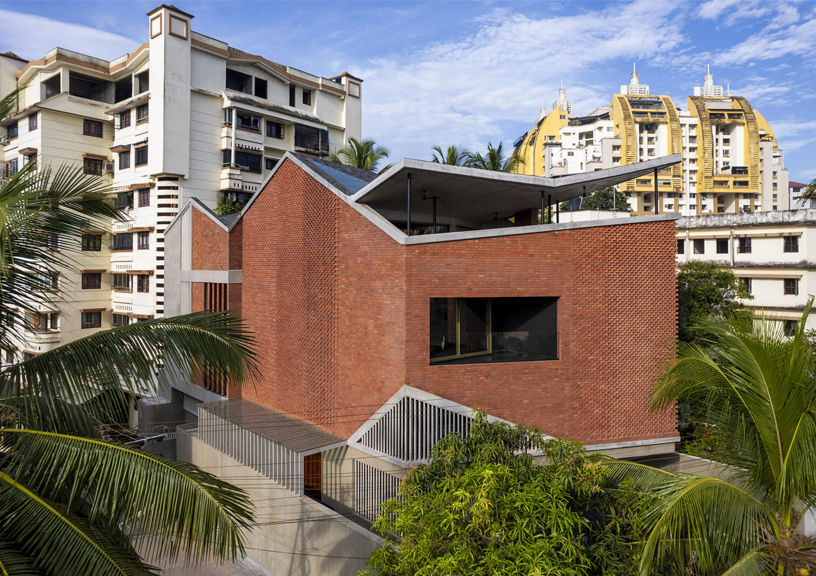
Remember the old brick factories with chimneys poking above the coconut trees? Or the red-oxide flooring and lime plaster-finished walls, which kept the house refreshingly cool? Situated in Mangalore, Karnataka—a city well-known for its inimitable landscape and dotted heritage lingering in the old parts of the town—the 13,500sq ft home titled ‘The Brick House’ takes cues from yesteryears. A corner plot nestled between neighbouring buildings; the only view was of the existing trees from the neighbour’s plot. Hence, passive design strategies and planning principles were involved to ensure uninterrupted cross-ventilation.

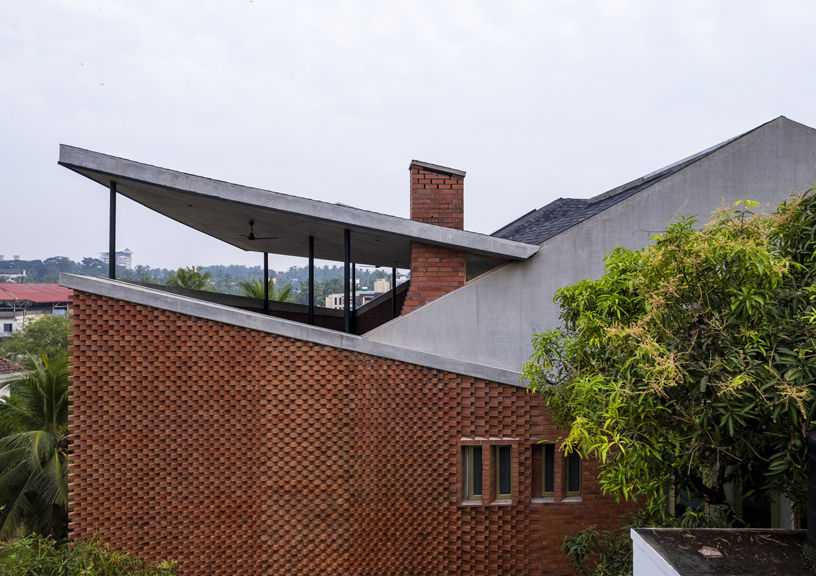
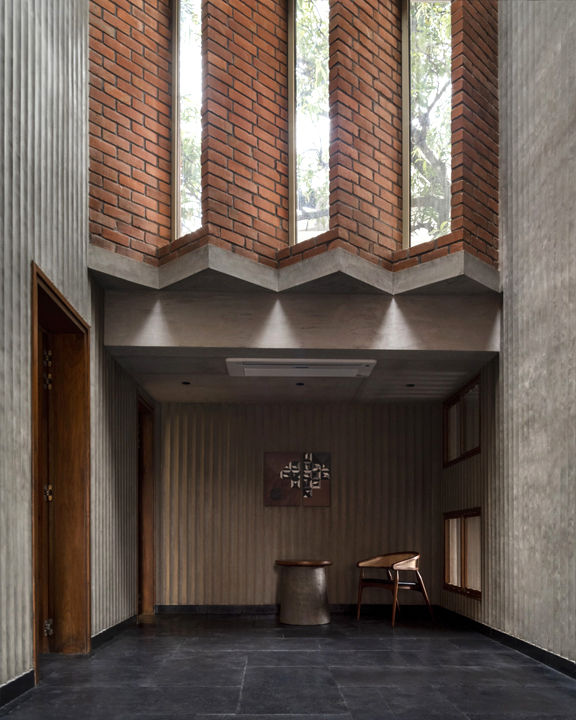
A single glance at the house sparks intrigue right from the get-go. “The façade is laid with bricks arranged in a pattern, creating an expression of its own while helping reduce the building scale. The characteristics of traditional tiled sloping roofs were interpreted in these brick arrangements, which made it look like the building is in motion as
one walks by,” reveals Akshay.

The architectural studio passionately believes in an approach that is layered, contextual and experimental in nature. The house is a shining example of their philosophy as the building skin is constructed in several layers, akin to the composition of earth, keeping the inner layers cool and insulated. With the bottom two levels planned as semiprivate areas, the upper levels become private and independent. All the rooms have triple-layered walls—laterite masonry is sandwiched between brick jaali from the outside and thick brick sections from the inside.
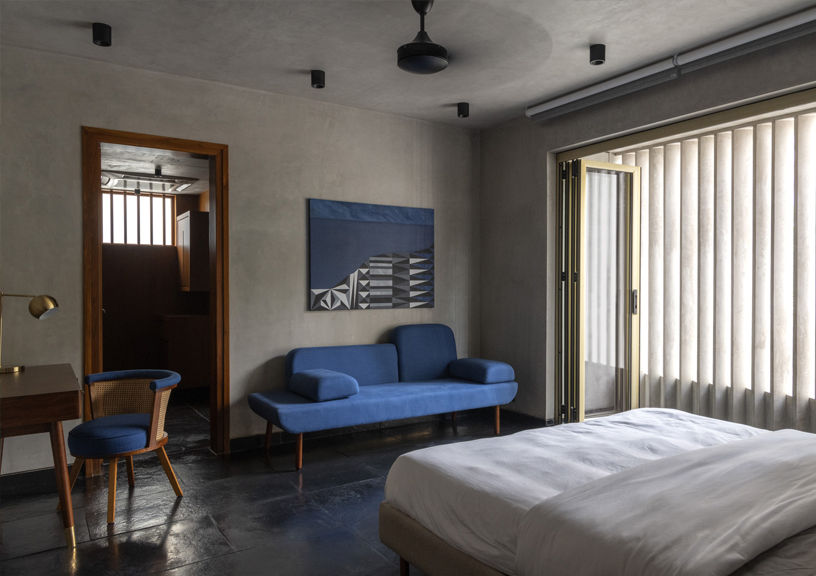
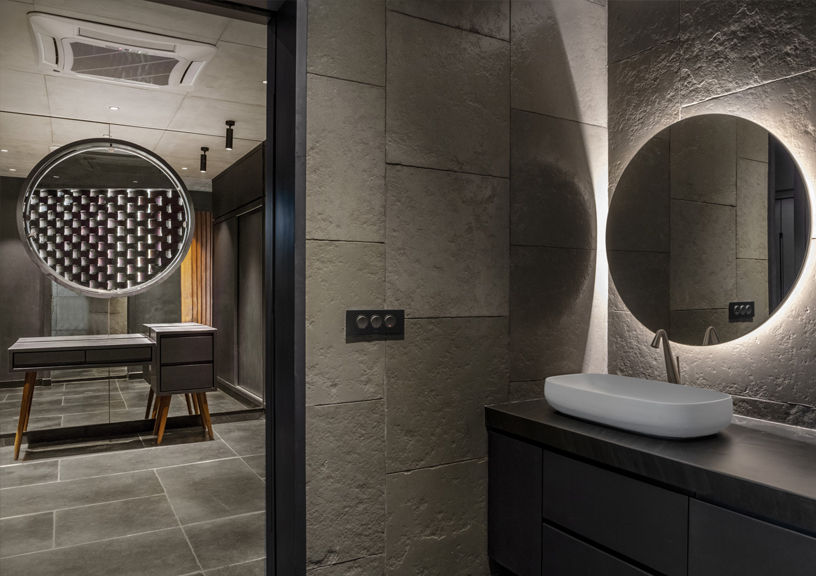
“These layers provide necessary insulation from the extreme summer and control seepages from the rain. The courts and decks open out to brick jaalis, which filter in the light and create a visual boundary. All the windows open into a deck or a jaali as one observes fragmented moments of the outsides,” further elaborates Aditi. Deriving some of its qualities from a Thotti Mane or courtyard house, the varied courts are intercepted in multiple levels and volumes.

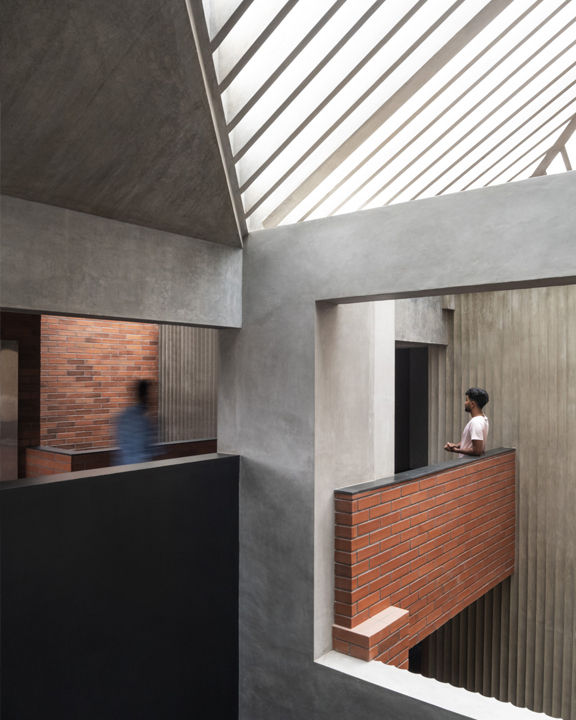
Subscribe to Architecture+Design and know more about this stunning space!
FACTFILE
Lead Architects: Akshay Heranjal, Aditi Pai, Siddharth Waze,
Jaikumar, Amal
Consultants: Ashok Associates (Structural),
Ceecon Engineers (MEP), Jaikumar V (Engineering)
Civil Contractor: NGC Constructions
Interior Contractor: MM Interiors
Area: 13500sq ft
Photo credit: Suryan // Dang
